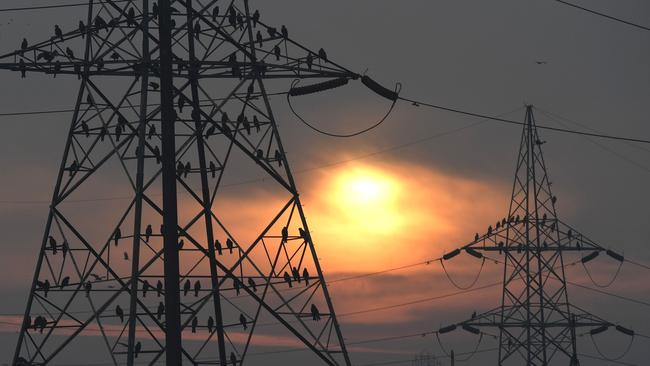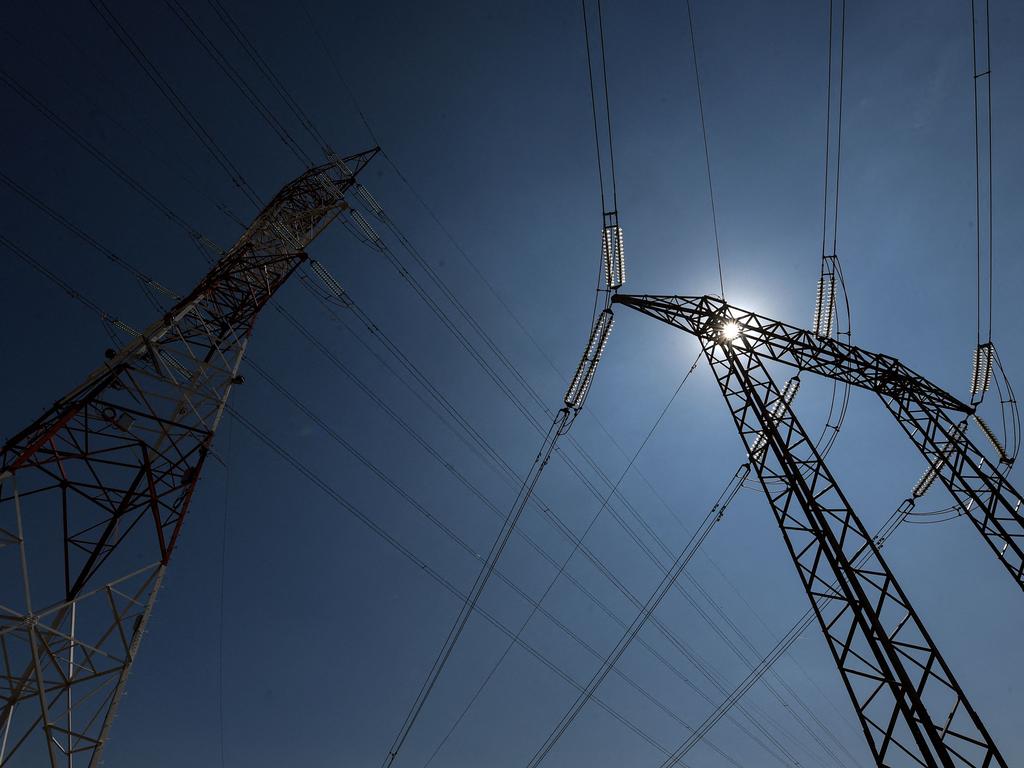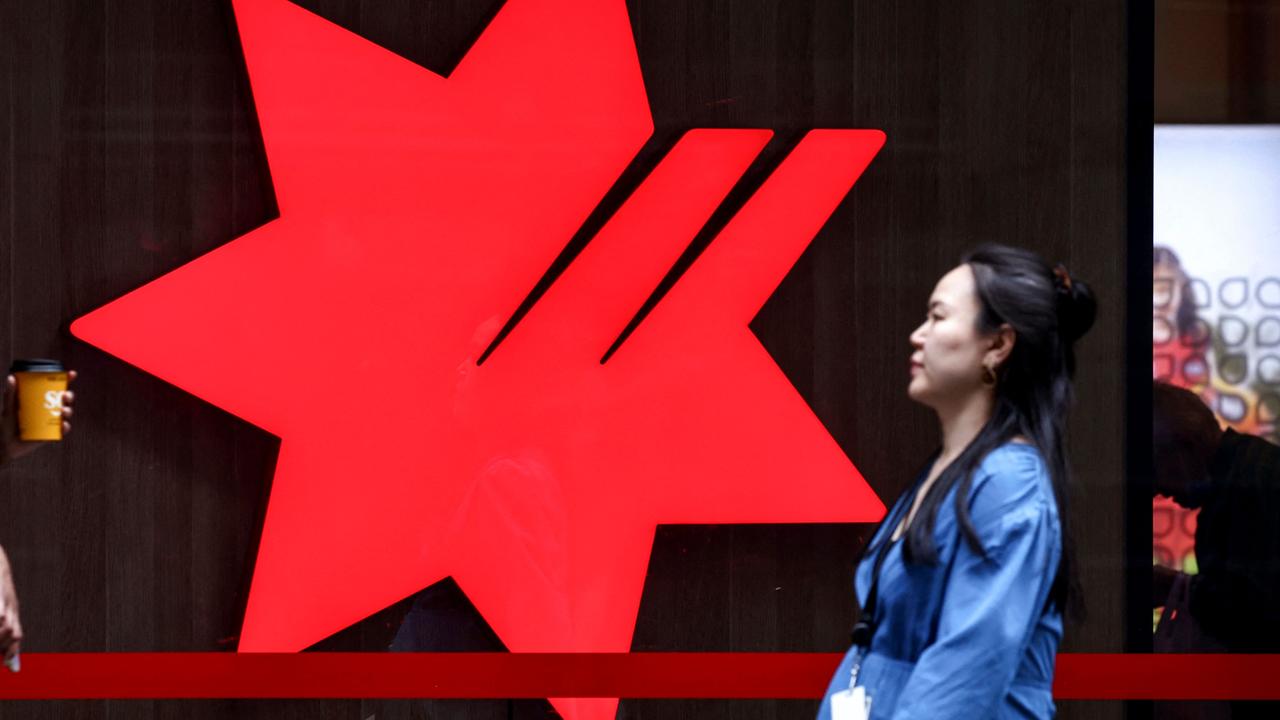Takeover premiums surge in feeding frenzy
A burst of merger activity means better-than-average takeover profits but the best deals are in mid-sized stocks.

Business
Don't miss out on the headlines from Business. Followed categories will be added to My News.
Desperate to invest excess capital, takeover predators have lifted the “control premium” they are willing to pay to investors.
As the market digests two more substantial deals – a new $1bn bid for pub group ALE and a refreshed $10bn offer for power grid owner AusNet – a survey of ASX takeover activity by the RSM accountancy group shows control premiums grew from a long-term average of 34 per cent to near 50 per cent by the end of 2020 (a control premium represents the extra amount the bidder is willing to pay above the market price).
Unlike traditional merger activity where a predator company sought synergies with a target, many of this year’s deals are backed by funds and not by business rivals. Private equity funds may have raised capital with a mandate to invest in a certain time frame or super funds may be under similar pressure since capital never stops rolling in thanks to the 10 per cent Superannuation Guarantee Contribution
“There are a range of factors driving the deals such as cheap debt and private equity funds with a lot of dry powder,” says Glyn Yates, director and national head, corporate finance at RSM Australia. “What’s more, we see that the sharemarket remains well priced … it gives private equity funds a lot of options.”
Yates says the study of 600 takeovers over a 15-year period on the ASX found the most lucrative takeover targets are in healthcare, telecoms and IT, with the sweet spot in terms of the most takeover action in the market capitalisation range of $100m to $500m.
Cash deals have been the most dominant form of takeover for 70 per cent of activity. Control premiums – typically representing the takeover offer price minus the share price 20 days pre-offer – rose substantially as share prices crashed in April last year, however the RSM analysis shows the 50 per cent average control premium persisted throughout the second half of 2020.
The report also found that prices were weaker for very large capitalisation stocks.
“Our analysis shows that the starting values and the degree of change for the (market cap) bands is significant: for entities of less than $25m market capitalisation the average control premium at 20 days pre-bid is above 50 per cent, whereas for entities of greater than $500m market capitalisation this value is just above 20 per cent,” says the report.
But the breakneck pace of takeover activity is also creating new problems in the market.
One issue is the so called “de-equitisation” of the market where major companies are taken back into the private sector. In turn this reduces the range of stocks on offer to all investors.
Recent examples here would be the impending removal of Sydney Airport now in an agreed deal with a consortium of infrastructure investors and the deal for buy now pay later leader Afterpay announced by the US-listed Square.
Separately, two key takeover offers have recently ended with the private equity bidder walking away without a sufficient explanation to the investing public.
In both cases – a Hansen Technologies bid from BGH Capital and an Iress bid from EQT Capital – the private equity bidder claimed they came upon “no red flags” when running due diligence on the books of the targets.
But the post-takeover outcome has been a different story. At Iress the share price has taken a hit and the company has been downgraded – it has been cut to sell by Shaw Partners.
In contrast, billing software group Hansen has received upgrades with Ord Minnet lifting its recommendation from hold to buy in recent days.
Originally published as Takeover premiums surge in feeding frenzy





